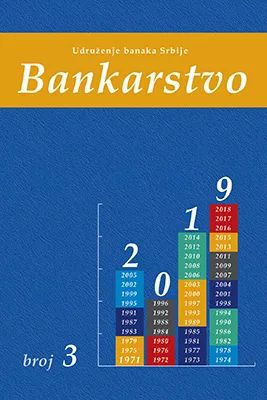ŠTA SVE ČINI IZUZETNOM NOVČANICU OD 1.000 DINARA NARODNE BANKE KRALJEVINE JUGOSLAVIJE
WHAT MAKES THE 1,000-DINAR BANKNOTE OF THE NATIONAL BANK OF THE KINGDOM OF YUGOSLAVIA EXTRAORDINARY
Author(s): Svetlana PantelićSubject(s): Economic history, Financial Markets
Published by: Udruženje banaka Srbije p.u.
Keywords: banknote; 1,000 dinars; Queen Marija Karađorđević; King Aleksandar Karađorđević; Paja Jovanović; the National Bank of the Kingdom of Yugoslavia; Banque de France; The Institute for Manufacturing Bank
Summary/Abstract: The 1,000-dinar banknote bearing the issuing date 1 December 1931 was put into circulation on 1 January 1933 and withdrawn from circulation in the period from 4-11 June 1941. The recording and production of the clichés were done at the Banque de France, Paris, while the watermarked paper was purchased from Portals Ltd, Hants, England and printed at the Institute for Manufacturing Banknotes and Coins in Belgrade. The author of this banknote is Paja Jovanović, one of the greatest Serbian painters. There is no official information on the exact number of these banknotes in circulation, but based on the amount of paper ordered, it can be assumed that 10 to 11 million banknotes were made in the nominal value of 10 to 11 billion dinars. Banknote dimensions are 195x121mm, drawing dimensions are 181x112mm and the watermark is 35mm in diameter. The banknote is dominated by the image of Queen Marija Karađorđević, and the watermark shows the profile of King Aleksandar Karađorđević.
Journal: Bankarstvo
- Issue Year: 48/2019
- Issue No: 3
- Page Range: 66-77
- Page Count: 12
- Language: English, Serbian

